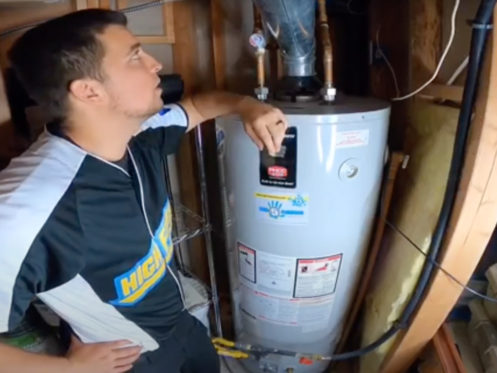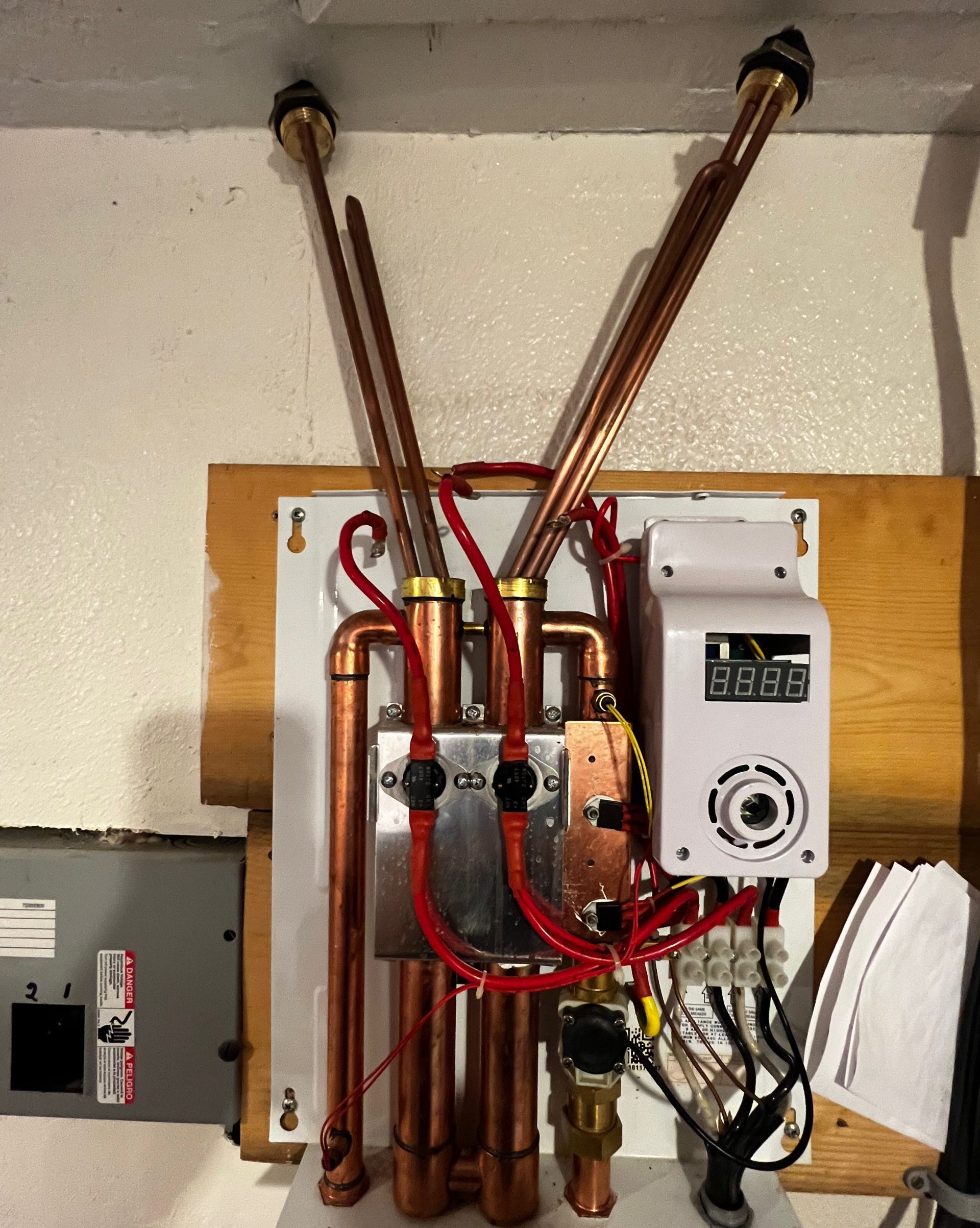The publisher is making a few great observations related to How to Maintain a Hot Water Heater in a Few Simple Steps as a whole in the article directly below.

Warm water is vital for everyday comfort, whether it's for a revitalizing shower or washing dishes. To ensure your hot water system runs successfully and lasts much longer, routine maintenance is vital. This article offers practical tips and insights on how to preserve your home's hot water system to avoid disturbances and expensive repairs.
Intro
Preserving your home's warm water system may seem daunting, but with a few simple actions, you can ensure it operates smoothly for several years ahead. This overview covers whatever from understanding your warm water system to DIY upkeep tips and knowing when to contact expert help.
Value of Maintaining Your Warm Water System
Regular upkeep not just prolongs the life-span of your hot water system however additionally ensures it runs efficiently. Ignoring maintenance can cause lowered performance, higher power costs, and even premature failing of the system.
Signs Your Warm Water System Needs Upkeep
Recognizing when your hot water system requires focus can prevent major issues. Watch out for indicators such as inconsistent water temperature, odd sounds from the heater, or corroded water.
Understanding Your Hot Water System
Prior to diving right into maintenance tasks, it's practical to recognize the standard parts of your hot water system. Usually, this consists of the hot water heater itself, pipes, anode rods, and temperature controls.
Monthly Maintenance Tasks
Regular regular monthly checks can assist capture small concerns before they rise.
Purging the Hot Water Heater
Purging your water heater removes sediment buildup, enhancing performance and prolonging its life.
Checking and Replacing Anode Rods
Anode rods protect against corrosion inside the tank. Evaluating and replacing them when worn out is essential.
Examining and Changing Temperature Settings
Changing the temperature settings guarantees optimal performance and safety.
DIY Tips for Maintenance
You can do a number of maintenance tasks yourself to maintain your warm water system in leading condition.
Looking for Leaks
Routinely examine pipes and connections for leakages, as these can bring about water damages and greater expenses.
Evaluating Pressure Alleviation Valves
Examining the stress safety valve guarantees it works properly and avoids excessive stress build-up.
Protecting Pipelines
Protecting hot water pipes reduces warmth loss and can conserve energy.
When to Call a Professional
While do it yourself maintenance is advantageous, some issues need professional knowledge.
Complex Problems Requiring Specialist Assistance
Examples consist of significant leaks, electric troubles, or if your hot water heater is regularly underperforming.
Regular Expert Maintenance Conveniences
Expert maintenance can include thorough examinations, tune-ups, and making sure compliance with security standards.
Verdict
Routine maintenance of your home's warm water system is necessary for performance, durability, and cost savings. By following these suggestions and understanding when to look for expert assistance, you can ensure a dependable supply of warm water without unforeseen disruptions.
How to Maintain an Instant Hot Water Heater
Before tinkering with your hot water heater, make sure that it’s not powered on. You also have to turn off the main circuit breaker and shut off the main gas line to prevent accidents. Also turn off the water valves connected to your unit to prevent water from flowing into and out of the appliance. 2. When you’re done, you have to detach the purge valves’ caps. These look like the letter “T†and are situated on either side of the water valves. Doing so will release any pressure that has accumulated inside the valves while at the same time avoid hot water from shooting out and burning your skin. 3. When the purge valves’ caps are removed, you have to connect your hosing lines to the valves. Your unit should have come with three hoses but if it didn’t, you can purchase these things from any hardware or home repair shops. You can also get them from retail stores that sell water heating systems. Read the user’s manual and follow it to complete this task properly. When the hosing lines are connected, open the purge port’s valves. 4. You should never use harsh chemical cleaners or solutions when cleaning your unit. Make use of white vinegar instead. It should be undiluted and you’ll probably use about 2 gallons. 5. Now flush your water heater. This task should probably take about 40 minutes. We can’t give you specific directions for this because the procedure is carried out depending on the type, model and brand of your heater. With that being said, refer to the user’s manual. 6. When you’re done draining the unit, you have to turn off the purge port valves again. Remove the hosing lines that you earlier installed on each of the water valves. Put the valve caps (purge port) back in their respective places and be very careful so as not to damage the rubber discs that are found inside these caps. 7. Now that everything’s back in place, check your user’s manual again to find out how to reactivate your water heating system. 8. Once it is working, turn one of your hot water faucets on just to let air pass through the heater’s water supply pipes. Leave the tap on until water flows smoothly out of it. https://www.orrplumbing.com/blog/2014/september/how-to-maintain-an-instant-hot-water-heater/

As a keen reader about What Kind of Maintenance Do Water Heaters Need?, I figured sharing that piece of content was sensible. Be sure to take the time to distribute this page if you appreciated it. Thanks a lot for being here. Return soon.
Click Here